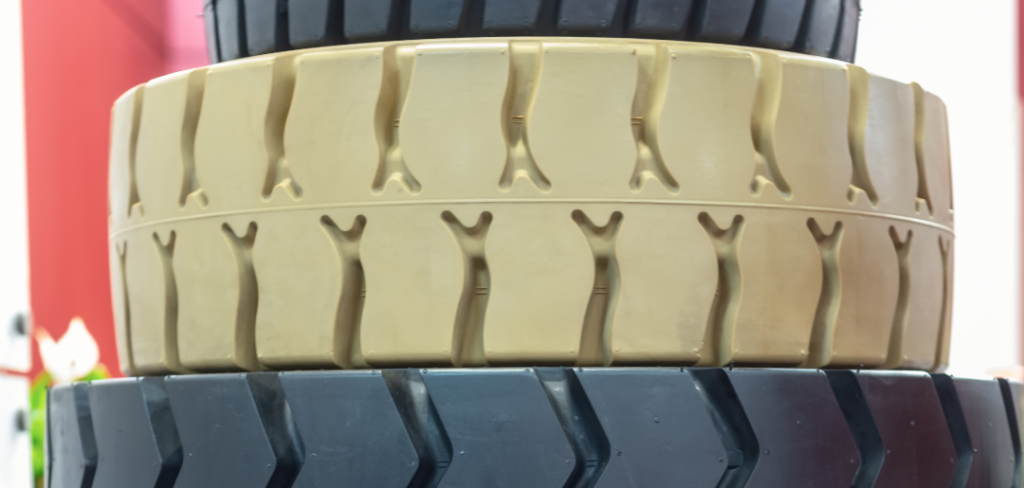Nanotechnology specialist OCSiAL has developed a solution using graphene nanotubes to solve the issue of producing non-marking anti-static solid tires for industrial trucks, forklifts and trolleys. It states that graphene nanotubes are the only cost-effective solution to comply with both EN and ISO Electrostatic discharge (ESD) standards without impacting tire durability.
Non-marking solid tires with conductive or anti-static properties are required in a number of applications to prevent electrostatic discharge. Potentially explosive areas have always been strictly controlled by the ATEX regulations and EN 1755 standard, but now these regulations are also applied to ignition risk in a much wider range of industries than previously. Manufacturers must comply with a requirement for a low surface resistance of a maximum of 10^9 Ω for the outer material of castors and wheels of all heavy equipment used in factories.
According to OCSiAL, its Tuball graphene nanotubes guarantee the required permanent anti-static properties in full compliance with the ATEX regulations and EN and ISO ESD standards, but at the same time enable coloration and non-marking properties with maintained mechanical and elastic performance.
The tubes are applied to an NR/BR blend of rubber during a standard manufacturing process via a concentrate, ensuring the nanotubes form a permanent, stable conductive 3D network inside the material matrix at an ultra-low loading rate of 0.22% wt.
“This is yet another development with graphene nanotubes that challenges preconceptions of advanced technologies: it is easy to use with standard processing equipment and does not lead to significant cost increase,” said Ekaterina Gorbunova, vice president for Elastomers at OCSiAl.
“Graphene nanotubes solve the issue of the accumulation of static electricity in non-marking tires while being a cost-effective solution with no required additional equipment or changes in the manufacturing process of the tire rubber compound.”
For high-performance solid tires, OCSiAl states it has also developed another customized solution that significantly improves the mechanical performance of NR- or NR/BR-based formulations containing mineral fillers.



